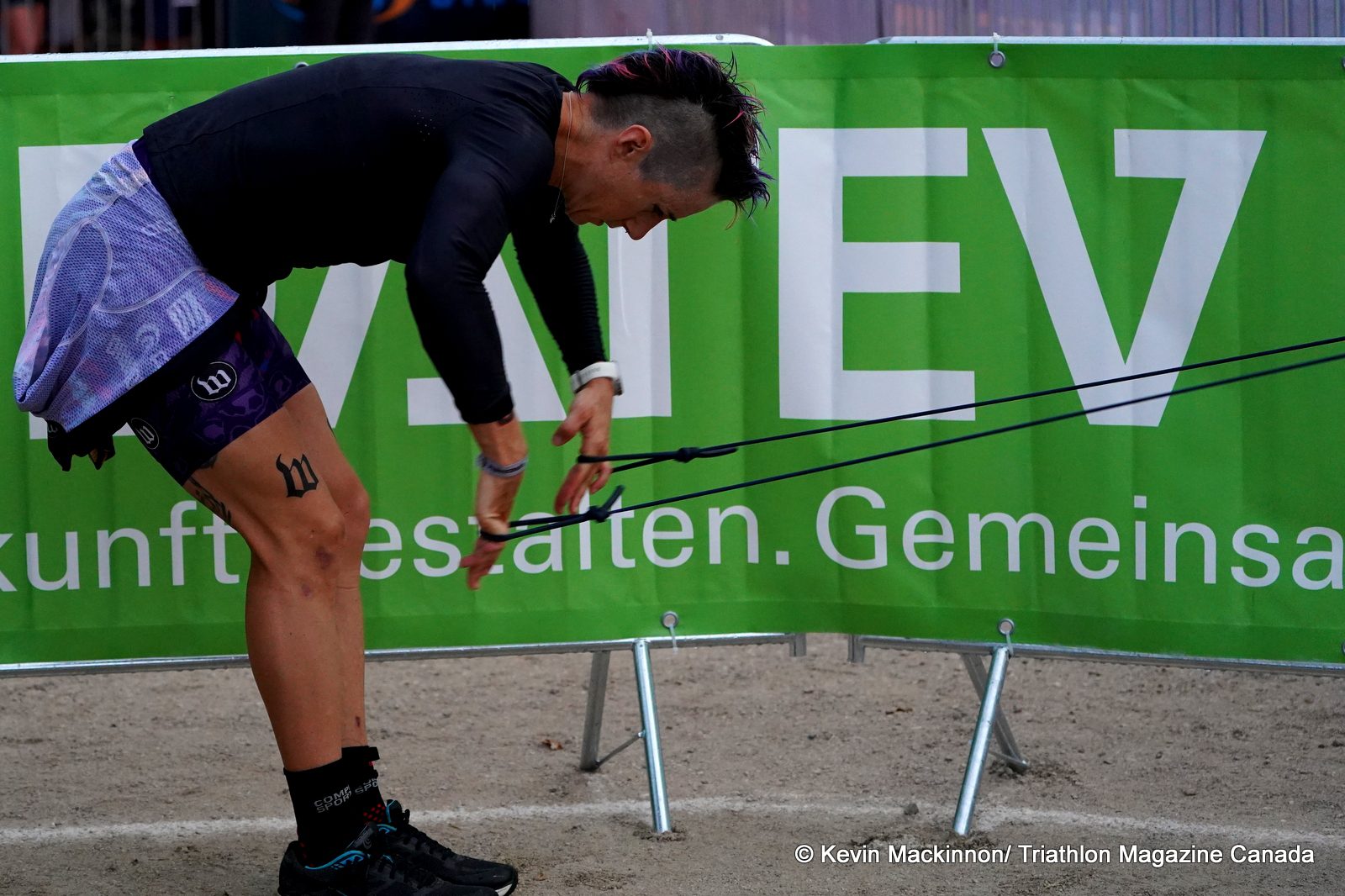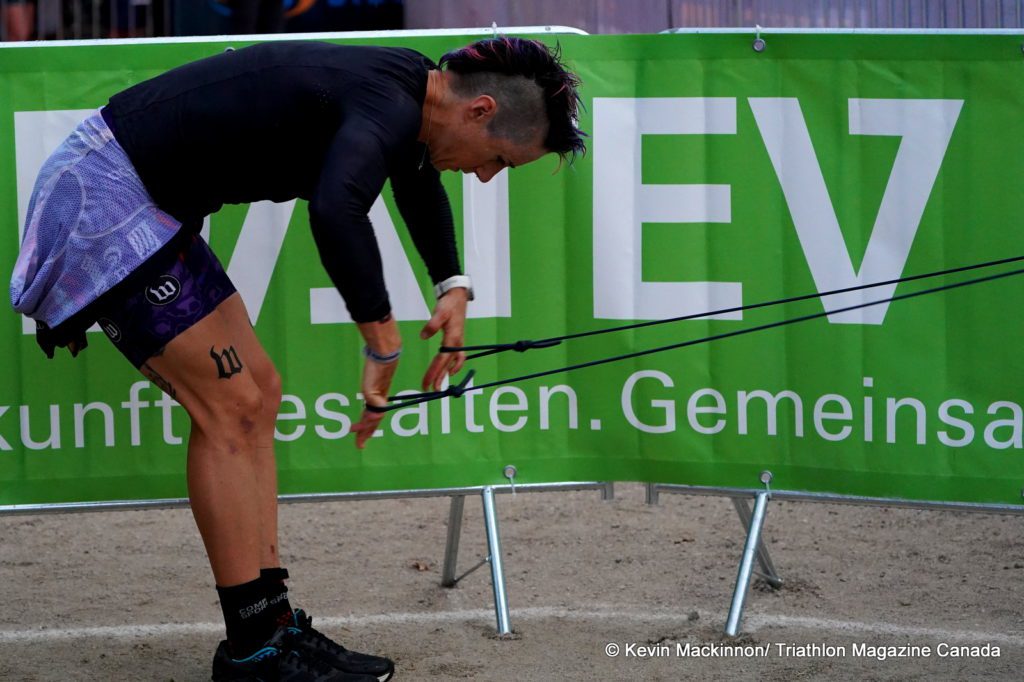Maintain your swim fitness with dry land swim training
Pools might be closed, but there is still lots you can do to stay in touch with your stroke.

Even though you might not be able to get to a pool right now, there is lots you can do to maintain your swim fitness.
by Clint Lien
I’m here in my office putting the finishing touches on my May article for the print version – “The Importance of a Strong Swim” but the elephant in the room keeps stepping on my toes. The sad truth is we may not be swimming or racing for some time. Victoria is meant to be the warmest city in Canada and we’re still four weeks away from when we would normally start our regular open water swims – and with this late season cold spell it may be even longer.
On Friday last – even as the pools were still operating – I could see the writing on the wall. I sent a note to my core group of athletes imploring them to remain positive and above all – remain fit. We’ve all done great work this season and I had faith that work would be reflected in their race results. As pools closed and races were postponed I knew enthusiasm would wane. What I told my people to do was stay secure in the knowledge that this too would pass and that we should be the club that is fitter on the other side of it all. Now I want to say – let’s be the country that’s fitter on the other side of it.
We all know what we’re suppose to be doing to flatten the infection curve but what can we do to stay swim fit when we don’t own Endless Pools or Vasa Trainers?
Most of my athletes work full time. This means I essentially maximize the amount of intensity they can maintain given the work to rest ratio that’s dictated to them. Now that many of them have more rest on their hands, swimming is off the table and racing is likely pushed at least eight weeks, we have to rethink the training.
As I stated – the intensity is already there for most of them. Now, with more time available, I’m suggesting they substitute swims with base (aerobic) bike and runs. And, as important, begin an at-home dry land routine to help maintain some swim fitness.
Related: Six core exercises to make you a stronger triathlete
If you’re not already doing a regular core session, shame on you, but no excuses now. Get on it! And, on top of that core routine – add in some swim cord work.
A few hours before I started writing this, Dave Scott posted a nice video (see above) on the use of swim cords. His technique is excellent and I like that he does it “right” before he does it fast. You can simplify what he’s doing as well. If you’re new to cord work then start by doing 8 X 30 seconds of double arm (Fly) pulls w/ 30 seconds rest. Add 5 seconds each day. Build up to 10 X.
Doing 10-15 minutes a day of work with the cords will noticeably stay your swim fitness decline while you’re out of the pool. You may even find your technique actually improving.
If you don’t have cords, you can improvise with a punctured inner tube – it’s not ideal, but it works.
And, if you really want a well rounded dry land routine, there are dozens of nice little yoga sessions to be found on YouTube. Personally I’ve tried a half a dozen and finally settled on one I like. I’m going to keep doing it until I feel I’ve mastered it then I’ll find something a little longer and a little more challenging.
In the meantime, here are a few other changes our group is making over the next few weeks:
- Our spin sessions will be live streamed on FB.
- The track sessions will be posted for athletes to do OYO.
- We’ll stay connected through social media and time will keep on ticking.
This will pass and I think we’ll all be a little more grateful for those friends – that human touch – that we’re going to miss for a spell. I’ll certainly be happy to get back in the water.
By following a simple at-home protocol you won’t have to lose your swim fitness any more than you have to.
See you all at the races!
Clint Lien is the head coach of Mercury Rising Triathlon in Victoria, BC.

